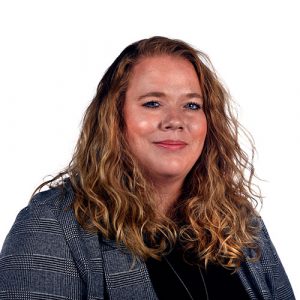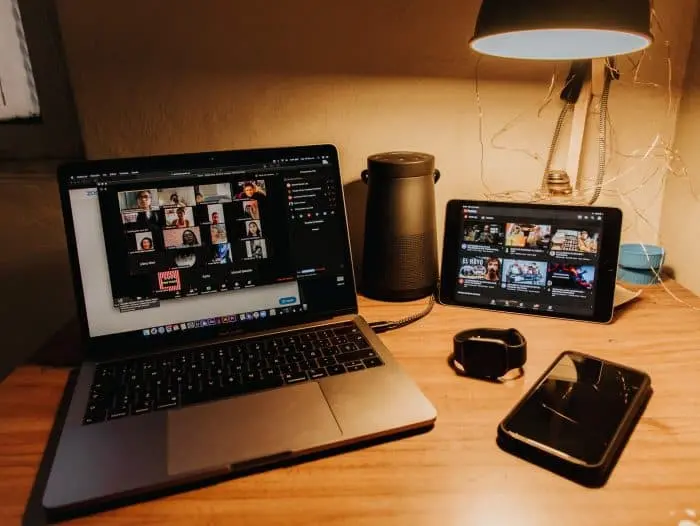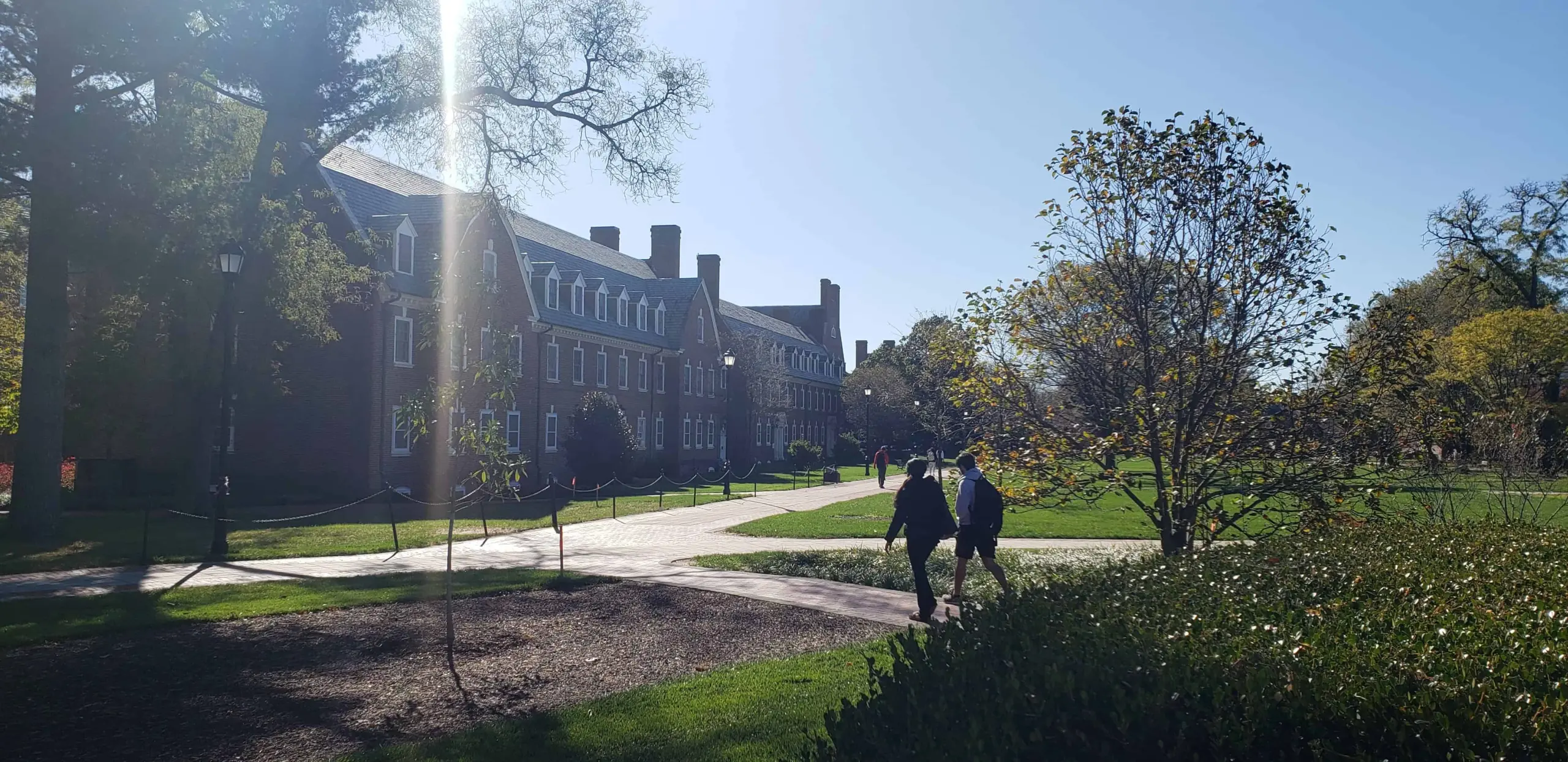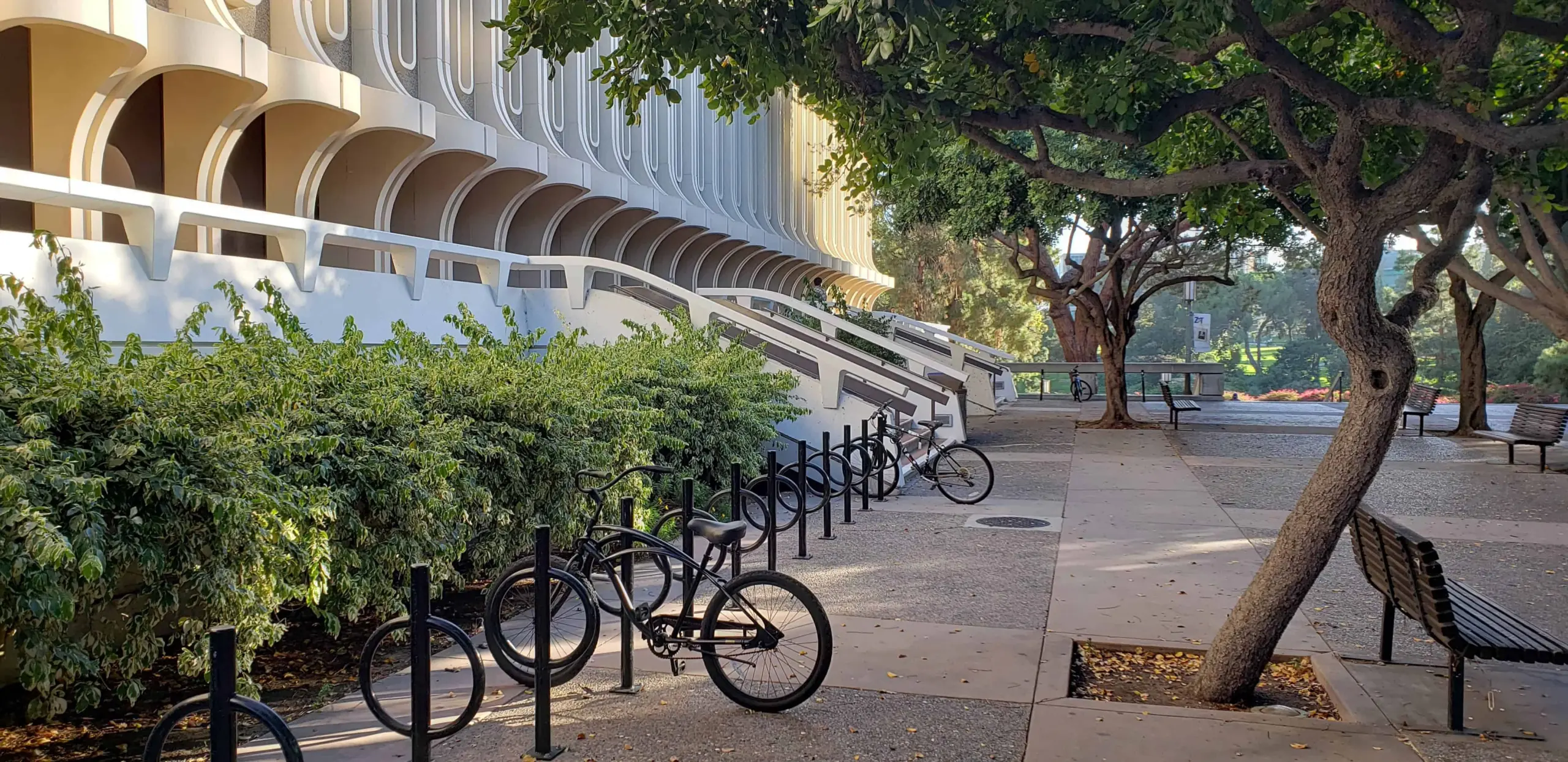This Q&A is part of Local Heroes: Journalists Covering COVID-19, PEN America’s series spotlighting local journalists across the country in celebration of World Press Freedom Day 2020, elevating the importance of a free, vibrant, and inclusive press.
Name: Jessica Seaman
Outlet: The Denver Post
City: Denver, CO
 What do you want your readers to know about what goes into the coverage they’re relying on?
What do you want your readers to know about what goes into the coverage they’re relying on?
The entire Denver Post newsroom is working very hard to keep Coloradans informed during the pandemic. While I’m reporting on the state health department and hospitals, there are other reporters also covering the health systems, schools, and businesses. Our food reporter has been on top of how local restaurants are responding to the health orders issued by the state. Our sports writers are profiling healthcare workers. Our photographers are out in the community—which poses a risk to their own health—to give us a glimpse into how life has changed.
No one is left untouched by the pandemic, and that’s very much reflected in our work. It takes a full newsroom to report on a public health crisis of this magnitude, which is what makes the layoffs and furloughs occurring at newspapers across the nation so troubling.
This is unlike anything I’ve covered before. The news doesn’t just change daily—it’s changing constantly through the day, and we are doing our best to keep up. And on top of that, we are doing our jobs as watchdogs. This includes pressing state and local officials for more complete data—such as racial, income, and recovery information—to better understand the spread, and subsequent impact, of COVID-19. We are also filing public records requests for documents to hold officials accountable. Requesting records is very difficult in Colorado because a single request can cost hundreds—and at times, tens of thousands—of dollars. Despite these financial barriers, we are working to access these documents so they are available to the public. There’s a lot of work that goes on behind the scenes to get information.
“We are telling the stories of those who have died and the grief of their loved ones daily. We carry the weight of other people’s trauma, and what we do with it, on top of our own.”
What personal risks have you or your colleagues faced while covering COVID-19?
As this is a pandemic, the biggest risk we face is our physical and mental health. Our photographers are out in the community daily. Reporters are covering press conferences and reporting from the field. All of this raises our risk of exposure to the new coronavirus.
We fortunately work for a news organization that is not requiring us to report from the field. The editors are letting us make that decision based on how safe we feel, and there are safety guidelines for photographers who can’t do their jobs from their homes.
As with everyone else, we also face risks with our mental health. Not only are we isolated in our homes and worried about our loved ones, but as journalists, we are reporting on death and illness daily. We have always covered death and trauma in our jobs, from daily crime to wars to mass shootings. But that doesn’t make it any easier.
The constant pace of the pandemic coverage is enough to lead to burnout. And as sources have cautioned me in the past, secondary trauma is real, and journalists are among those at risk. Through our reporting, we are hearing how rapidly the illness progresses and what it is like when someone needs oxygen and struggles to breathe. We are telling the stories of those who have died and the grief of their loved ones daily. We carry the weight of other people’s trauma, and what we do with it, on top of our own.
In what ways has local news played a vital role in response to the COVID-19 crisis?
Our reporting has shed a light on delays in testing and outbreaks among our most vulnerable. Our City Hall reporter is doing some great work on the response as it relates to care for those experiencing homelessness in Denver. A team of us are working to better understand how racial disparities are playing out in the outbreak. More generally, we are pressing health officials for more data so we can understand the spread and gaps in care (and the response) more clearly.
“No one is left untouched by the pandemic, and that’s very much reflected in our work. It takes a full newsroom to report on a public health crisis of this magnitude, which is what makes the layoffs and furloughs occurring at newspapers across the nation so troubling.”
Are there any stories or communities that you feel are underreported in regards to the COVID-19 crisis? Similarly, what non COVID-19 stories have you seen shelved or ignored because of the hyper-focus on the current crisis?
One of the unique challenges with the pandemic is how fast-paced it is. The news is changing rapidly throughout the day, which can make it hard to keep up. There are many COVID-19 stories I want to tell, but haven’t had time yet.
One story that is just now starting to get reported is how existing inequalities in healthcare are affecting who and when someone gets help for COVID-19. We’ve seen a push for more racial and income data in recent weeks, so we could see more coverage of this.
Obviously, with everyone’s focus on COVID-19, there are stories getting overlooked that are not related to the pandemic. Before this, I was working on my project on youth suicide in Colorado. We’ve hit the pause button on the project, but will absolutely be picking it up once we get through this. We didn’t want to publish stories on what is a very important topic here and have it get lost in the coronavirus coverage.
What books, poems, podcasts, or other creative media have you been turning to for comfort or inspiration?
I’m simultaneously reading Joan Didion’s The Year of Magical Thinking and rereading the Harry Potter series. The former I’m reading because I’ve spent the last year reporting on grief while confronting my own, and one way I process it is by learning from other people’s experiences. Harry Potter is just pure comfort and escapism—although the later part of the series does gently explore grief.
I am also coloring in adult coloring books as a way to step away from screens in the evening and weekends. Cooking is also a way for me to wind down, and I do almost daily check-ins with family and friends.
What can your readers do to support their local journalists, besides subscribing?
Subscribe! Read! Also, feel free to reach out to share your story ideas and thoughts. Last month, a reader left a voicemail thanking us for our coverage, which was shared with the newsroom, and I think everyone’s hearts just swelled. So many people wanted to reach out to the reader and thank her!
About Jessica Seaman
Jessica joined The Denver Post as a health reporter in 2018. She covers various topics, including mental health, hospitals and health care costs. She also writes The Post’s health newsletter Checkup Denver. In 2019, Jessica was named a National Fellow for the Center for Health Journalism at USC Annenberg for her coverage of youth suicide in Colorado.
A native of North Carolina, Jessica joined The Denver Post after reporting stints at the Triad Business Journal in North Carolina and the Arkansas Democrat-Gazette. She is a graduate of the University of North Carolina at Chapel Hill.











